
Ellesmere is a town in the civil parish of Ellesmere Urban, in Shropshire, England; it is located near to the Welsh border, the towns of Oswestry and Whitchurch, and the Welsh city of Wrexham. It is notable for its proximity to a number of prominent meres.
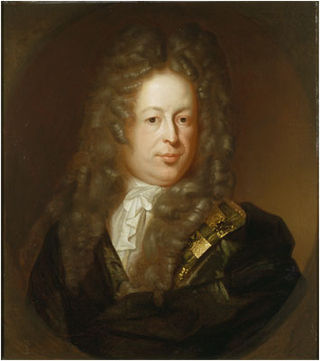
John Lowther, 1st Viscount Lonsdale, PC FRS, known as Sir John Lowther, 2nd Baronet, from 1675 to 1696, was an English politician.

Minsterley is a village and civil parish in Shropshire, England. In the 2011 census, its population was 1,777. Minsterley lies one mile south-west of Pontesbury and 10 miles south-west of Shrewsbury. East from Minsterley along the A488, is the larger village of Pontesbury and to its south the hill range, the Stiperstones. The Rea Brook flows nearby and the smaller Minsterley Brook flows through the centre of the village.

Westbury is a village and parish in Shropshire, England. It includes the settlements of Caus Forest, Lake, Marche, Newtown, Stoney Stretton, Vennington, Wallop, Westbury, Whitton, Winsley and Yockleton. It lies 8 miles (13 km) west of Shrewsbury, close to the Wales-England border. It is located at 135 m altitude. It had a population of 1,352 according to the 2011 census. In 2005, Westbury parish expanded with the annexation of half of the former Wollaston parish.
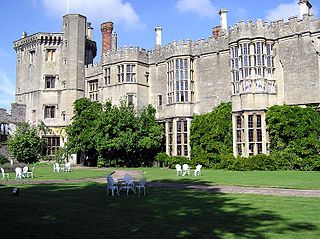
Henry Stafford, 1st Baron Stafford was an English nobleman. After the execution for treason in 1521 and posthumous attainder of his father Edward Stafford, 3rd Duke of Buckingham, with the forfeiture of all the family's estates and titles, he managed to regain some of his family's position and was created Baron Stafford in 1547. However his family never truly recovered from the blow and thenceforward gradually declined into obscurity, with his descendant the 6th Baron being requested by King Charles I in 1639 to surrender the barony on account of his poverty.
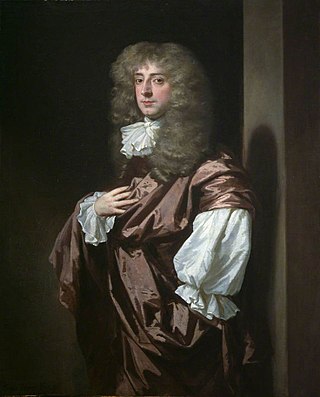
Thomas Thynne, 1st Viscount Weymouth was a British peer in the peerage of England.
Sir Gruffudd Vychan, also spelt in English sources as Griffith Vaughan, was a Welsh knight who supported the rebellion of Prince Owain Glyndŵr against the English, and captured the Lollard John Oldcastle, who was later immortalized by Shakespeare as John Falstaff. He was finally executed after the murder of Sir Christopher Talbot, son of John Talbot, 1st Earl of Shrewsbury.
This article is about the particular significance of the century 1401–1500 to Wales and its people.
Henry Grey, 2nd Earl of Tankerville, 7th Lord of Powys was an English peer. He was the son of John Grey, 1st Earl of Tankerville and his wife Joan Charleton, co-heiress and 6th Lady of Powys.

Edward Charlton, 5th Baron Charlton, KG (1370–1421), 5th and last Lord Charlton of Powys, was the younger son of John Charlton, the third baron, and his wife, Joan, daughter of Lord Stafford.
Edward Stafford, 3rd Baron Stafford was the second surviving son of Henry Stafford, 1st Baron Stafford and Ursula Pole. He was the younger brother of Henry Stafford, 2nd Baron Stafford. He served in Parliament for Stafford and succeeded his brother to the barony in 1566.
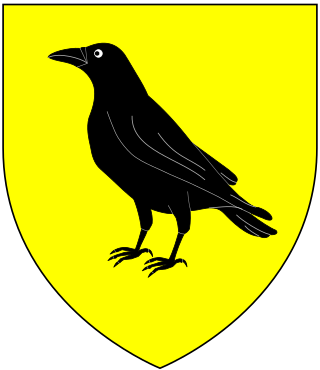
The Corbet family is an aristocratic English family of Anglo-Norman extraction, who were amongst the early marcher lords, holding the barony of Caus. Following the extinction of the senior line the junior line based at Moreton Corbet Castle would go on to become one of the most powerful and richest of the landed gentry in Shropshire. The family trace their ancestry to two barons found in the 1086 Domesday Book and they probably came from the Boitron and Essay region, near Sées in Normandy.

Sir Roger Corbet, of Moreton Corbet, Shropshire was a landowner and politician who was a knight of the shire for Shropshire in three Parliaments of England. He was involved in a series of complex and sharply contested property disputes with members of his own family.
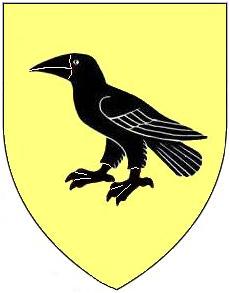
Robert Corbet (1383–1420) of Moreton Corbet, Shropshire, was an English soldier, politician and landowner who represented Shropshire twice in the House of Commons of England. A retainer of Thomas FitzAlan, 12th Earl of Arundel, and implicated in his alleged misrule in Shropshire, he accompanied his patron to the Siege of Harfleur and suffered a temporary eclipse after his death.

Roger Corbet was an English soldier, politician and landowner. He was a client of Thomas FitzAlan, 12th Earl of Arundel and was implicated in the disorder that accompanied Arundel's rule in Shropshire. He probably fought at the Battle of Agincourt. After the untimely death of his patron, he became a successful municipal politician at Shrewsbury and represented Shrewsbury twice and Shropshire once in the House of Commons of England.
John Darras (c.1355–1408) was an English soldier, politician and landowner, who fought in the Hundred Years' War and against the Glyndŵr Rising. A client of the FitzAlan Earls of Arundel, he served them in war and peace, helping consolidate their domination of his native county of Shropshire. He represented Shropshire twice in the House of Commons of England. He died by his own hand.
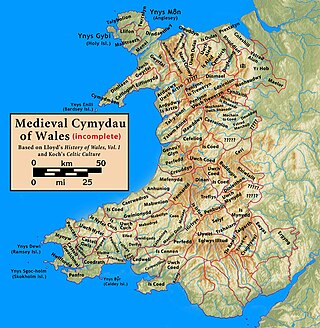
Y Gorddwr was a medieval commote in the cantref of Ystlyg in the Kingdom of Powys. It was on the eastern side of the River Severn bordering England, on the west it was bordered by two of the other commotes of Ystlyg - Deuddwr in the north and Ystrad Marchell in the south. Its Welsh name could mean "the upper water"; gor- "upper-", dŵr "water".
John III Lestrange, of Knockin in Shropshire, landowner, administrator and soldier, was a marcher lord defending England along its border with Wales.
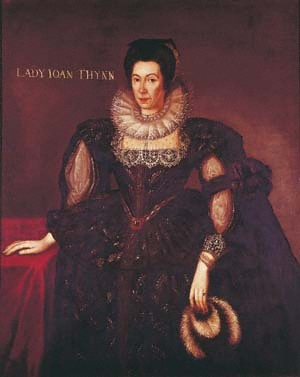
Joan, Lady Thynne, born Joan Hayward was an English gentlewoman. She took an active role in managing property including Caus Castle. The secret marriage of her son is said to have inspired Shakespeare's retelling of the Romeo and Juliet story. Joan fought the marriage for seven years; she did not forgive her son and took him to court again after he inherited Longleat House.
Katherine Lowther born Katherine Thynne became Katherine, Viscountess Lonsdale was an English electoral patron. After her husband's death, she took over with his political influence in north-west England.













